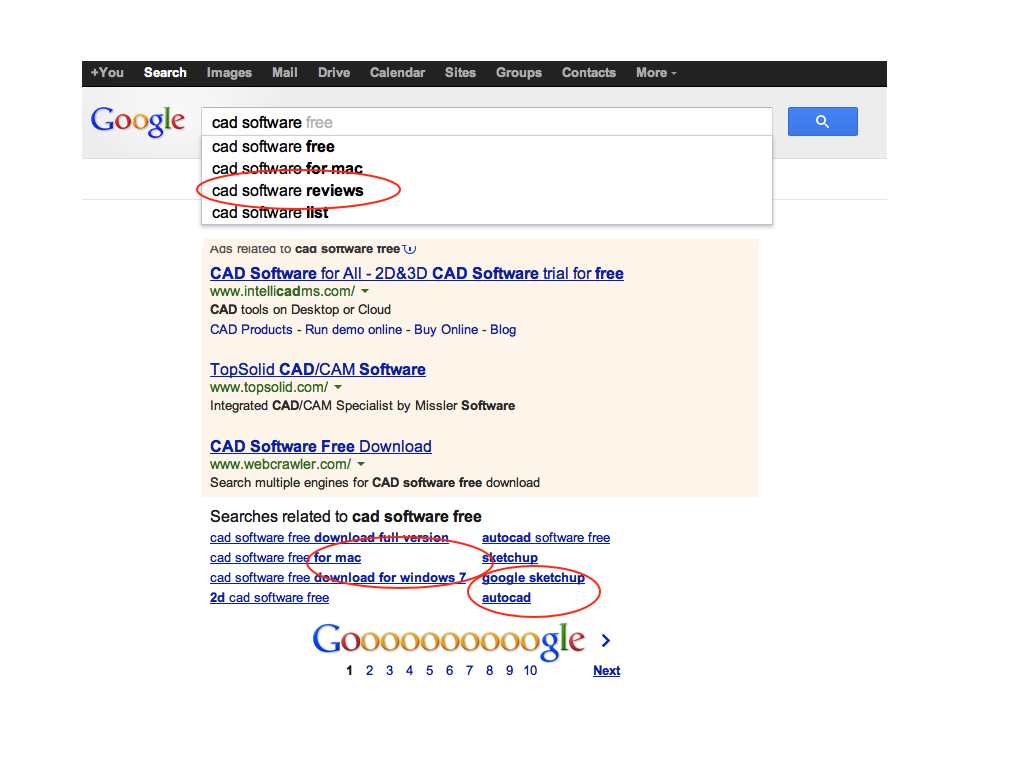

So, to screen reader users, these auto-suggest components are just input fields. Unless the number of available suggestions is announced to screen reader users, they don’t know they’re there. Screen readers are another area where these auto-suggests often fall short. This cases confusion and frustration for keyboard and screen reader users. Some go part of the way and make sure suggestions can be used with the keyboard, but most fall over when a selection is made, because focus ends up in a random spot on the page. With plugins available for all the latest frameworks and libraries, adding an auto-suggest to your site is relatively easy.īut what about accessibility? I’ve reviewed auto-suggest components from many of the major frameworks, and most of them have one thing in common: they’re not properly accessible. a customised select list based on what’s in the text field.These days auto-suggest is everywhere, from social media sites like Twitter and Facebook, to shopping sites like eBay and Amazon, and even in occupation validation for credit card applications.Īt its core, an auto-suggest is a form made of two components: Google Suggest ) as a Google Labs project in 2004, saying it “…provides you with search suggestions, in real time, while you type”. Some of this functionality uses Google Play services.Google launched auto-suggest (a.k.a.
#GOOGLE SUGGEST PASSWORD#
Google Password Manager collects certain information to perform services on your device. How Google Password Manager handles your data
#GOOGLE SUGGEST HOW TO#
Learn how to encrypt your passwords on your device. This feature isn't available for Workspace users. On-device encryption: Encrypt your passwords on your device before they're saved to Google Password Manager.Password alerts: You can get notified when your saved passwords are found online.You can turn Auto sign-in off if you want to provide confirmation before signing in. Auto sign-in: You can automatically sign in to sites and apps using info you’ve saved.When you're prompted to save a password, select Never.If you decide later to save this password, select Remove next to the name of the site or app. Manage offers to passwords for specific sites or apps: You can choose to never save passwords for specific sites.
#GOOGLE SUGGEST ANDROID#
If you use a suggested password, it’s automatically saved. When you create a new account on a site, Chrome can suggest a strong, unique password. Sign in to Chrome and allow Chrome to use passwords from your Google Account when asked.To use Google Password Manager on your computer, you can either: Tip: To add more security to your saved passwords, you can add recovery info and turn on 2-Step Verification. To view passwords, you’ll need to sign in again. Your passwords are stored behind Google’s built-in security using encryption. If someone publishes your saved passwords on the internet, Google Password Manager can help you change any unsafe passwords. Suggest strong, unique passwords to avoid multiple account compromises from a single stolen password.To help protect your accounts, you can use Google Password Manager to: Stolen passwords are one of the most common ways that accounts are compromised. How Google Password Manager can improve your online security Automatically fill in passwords from your Google Account.Protect all your saved passwords with built-in security.Create and save strong, unique passwords that you don’t have to remember.

When you use Google Password Manager, passwords are saved in your Google Account. Google Password Manager makes it simple to use a strong, unique password for all your online accounts.


 0 kommentar(er)
0 kommentar(er)
